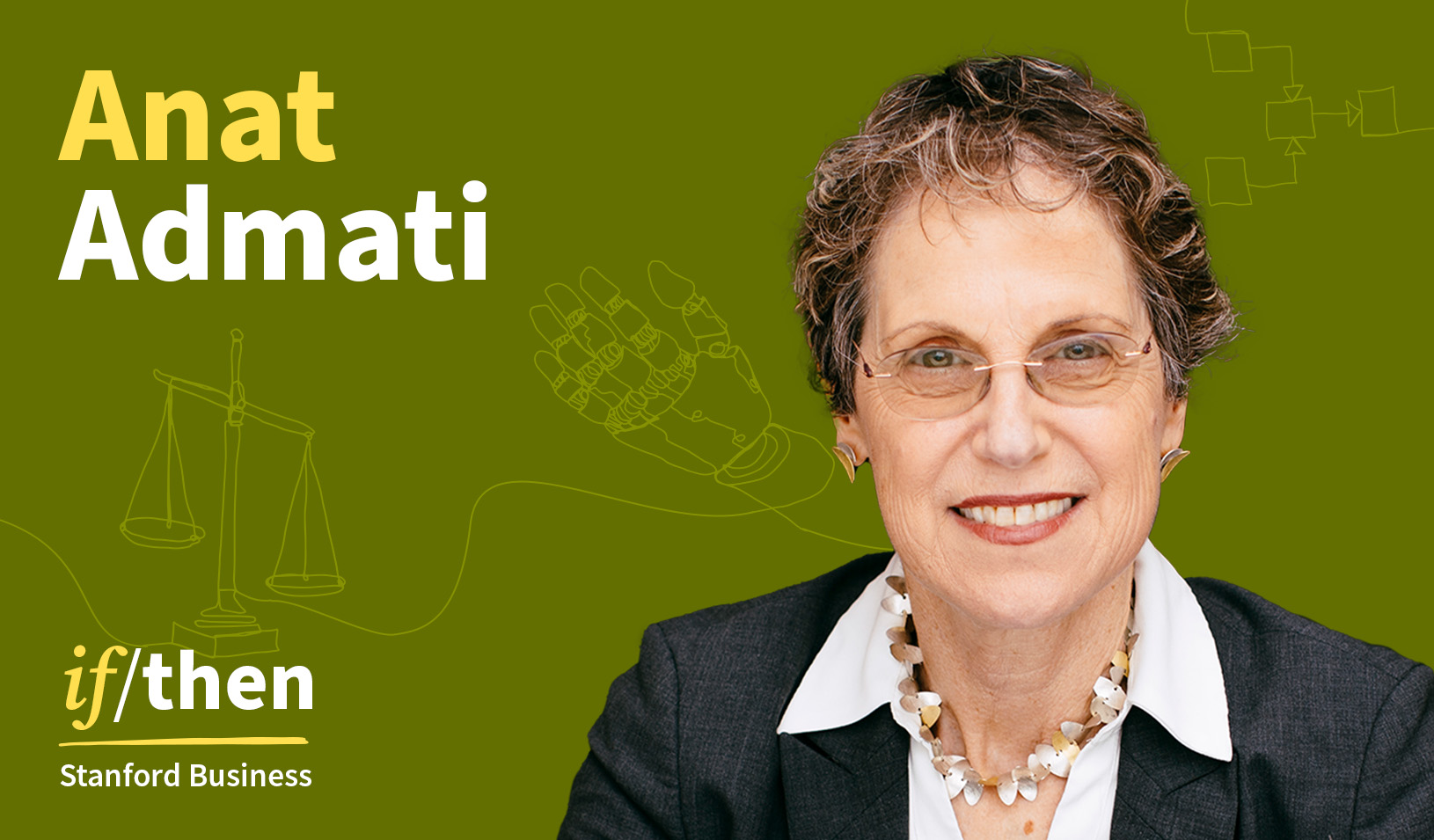There’s no shortage of unforeseen developments — disruptive or otherwise — that affect public policy. Take the internet: When it first emerged, there were no regulations designed for it, which led to a large policy gap as government regulators struggled to keep pace. Or, to go further back in history, the advent of the automobile required creation of multiple safety-related regulations that no horse-and-buggy politician could have imagined.
A desire to understand how real-world change affects the policymaking process motivated Stanford Graduate School of Business professor Steven Callander and Gregory Martin of Emory University to use game theory to construct a model of the policymaking process. Their paper, “Dynamic Policymaking with Decay,” shows how policy in place fits reality less well over time and how this “decay” often creates incentives for politicians to do little toward changing policy in the short term to gain strategic advantage.
“The simple view of the process is ‘I want A, you want B, so we have to compromise in the middle’ — a very static, unchanging view,” Callander says. “But politics in practice is messier, largely because politicians are trying to solve hard, constantly changing problems.”
It’s understandably difficult for policymakers to know what regulations will work best, or to grasp the full consequences of new laws. Policymaking, Callander points out, is about reacting to change, and politicians seek to shape new policy in ways that serve their party and constituents.
“In Silicon Valley, we talk a lot about disruption and change,” Callander says. “So it’s important for entrepreneurs and startups to understand how to navigate a policy landscape where the regulators have to react to change strategically.” Any business leader can benefit from understanding how the changes they seek might influence policymaking.
To study the policymaking process, the researchers constructed a model containing a set of legislators making policy decisions amid change. The model included the assumption that the fit of existing policy to the environment declined over time, just like in the real world.
The results underscored the complex nature of policymaking in a changing world. “We show that policy outcomes are very different from what a static model would predict,” Callander says.
Their model was able to explain, for example, situations in which legislators from both parties agree that a current policy is suboptimal but remain unwilling to take steps to change it. “That can leave the public exasperated and feeling like the government is either incompetent or evil,” Callander says. But the underlying reason is not the typical view of gridlock, with parties and other political interests locked in opposition, but that policy decay can become a distinct advantage for certain politicians or groups.
“The worse the situation gets, the more power or leverage a given person or group may have over the outcomes,” Callander says. “So decay becomes an ingredient in the left-right fight over policy.”
He offers the example of the Affordable Care Act, or the set of health care policies known popularly as Obamacare. Politicians — and most of the public — agree that the legislation should be modified, whether through tightening enrollment guidelines, modifying subsidies, or other means. “But needed fixes haven’t happened because Republicans used the decay of the ACA to try to move the nature of health care policy fundamentally to the right,” Callander suggests. The worse the situation gets, the more leverage they have, as the model suggests.
So far, that effort hasn’t been successful, in part because of conflict between factions within the GOP. Here, too, the model helps explain the standoff, because political subgroups also sometimes seek to use decay as an advantage. The Republican-based House Freedom Caucus seems to have done this with health care policy and others, holding out for even more conservative measures.
Another implication of the research is that the executive branch of government should have a legislative bargaining advantage over other branches because it theoretically has greater access to expertise through its larger staff than, say, Congress does. Using that expertise in the context of policy decay could give the president’s branch an edge.
“But the current administration has failed to make many appointments, so it can’t leverage that expertise,” Callander says. “That helps explain why the White House is flailing with something like health care, and why their negotiating power with Congress is really limited.”
In general, the findings help explain some of the complexity of bureaucracy, especially politicians’ incentives to maintain even a highly unpopular status quo to gain advantage. That’s important for businesspeople to understand, too.
“Silicon Valley startups interact with the government and its regulations,” Callander says. “So business leaders need to recognize that while they may be trying to make the world a better place, the changes they’re driving may lead to policy decay, which generates complex incentives for politicians.” In fact, Callander recently established the Policy and Innovation Initiative within the Stanford GSB’s Center for Entrepreneurial Studies to examine the interplay between business strategy and government regulation, such as that related to policy decay.
In short, awareness of the dynamics of policy decay can help business leaders within and beyond tech shape their disruptive strategies and anticipate legislative responses to the change — even if that means no response at all in the near future.
For media inquiries, visit the Newsroom.






